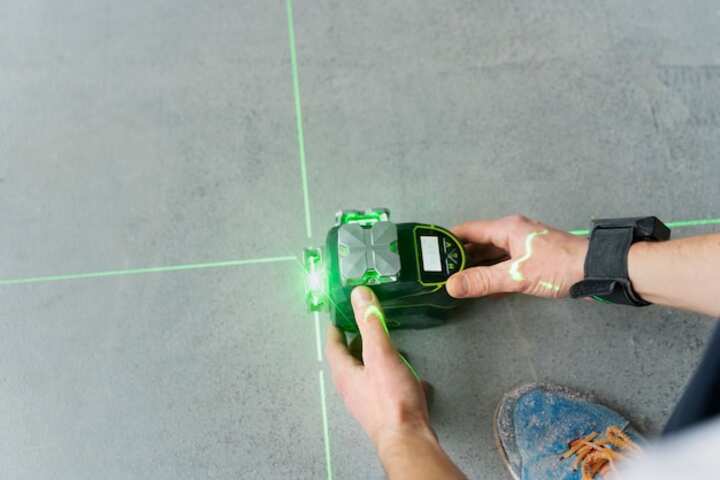
The Importance of Indoor Air Quality Testing for a Healthy Home
Indoor air quality is a crucial aspect of maintaining a healthy home environment. Many individuals spend a significant portion of their lives indoors, and the quality of the air they breathe can have a profound impact on their overall health and well-being. Poor indoor air quality can lead to a variety of health issues, from respiratory problems to allergies, and even long-term diseases. Therefore, understanding and monitoring the air quality within our homes is essential for ensuring a safe and healthy living space.
What Is Indoor Air Quality?
Indoor air quality (IAQ) refers to the condition of the air within and around buildings, particularly as it relates to the health and comfort of building occupants. Common pollutants that affect IAQ include:
- Dust and dirt
- Mold spores
- Volatile organic compounds (VOCs)
- Carbon monoxide and carbon dioxide
- Particulate matter
These pollutants can originate from various sources such as building materials, furnishings, and household products. Understanding these sources is key to improving IAQ.
Why Is Indoor Air Quality Testing Important?
Testing the air quality in your home can reveal harmful pollutants that are not detectable by smell or sight. Here are some reasons why IAQ testing is important:
- Health Protection: Identifying and mitigating pollutants can prevent health issues such as asthma, allergies, and other respiratory conditions.
- Improved Comfort: Better air quality leads to a more comfortable living environment, reducing symptoms like headaches and fatigue.
- Informed Decisions: Testing provides data that can guide decisions about ventilation, filtration, and cleaning methods.
Read more about this topic by following this link.
How Is Indoor Air Quality Tested?
Professional Testing Services
Professional IAQ testing services often utilize advanced equipment to detect a wide range of pollutants. These services can provide comprehensive results and actionable insights for improving air quality.
Learn more in this detailed guide by visiting this resource.
DIY Testing Kits
For those who prefer a more hands-on approach, DIY testing kits are available. These kits typically measure specific pollutants and provide results that can be used to make preliminary assessments of IAQ. However, they may not be as comprehensive as professional testing.
Explore further insights here by checking out this guide.
Steps to Improve Indoor Air Quality
Once testing is complete, the next step is to improve the IAQ based on the findings. Here are some general steps to consider:
- Increase Ventilation: Improve airflow by opening windows and using exhaust fans to reduce pollutant concentration.
- Use Air Purifiers: Invest in high-efficiency air purifiers to capture airborne particles and pollutants.
- Regular Cleaning: Keep your home clean and dust-free to minimize particulate matter.
- Control Humidity: Use dehumidifiers to maintain optimal humidity levels, reducing mold growth.
Find additional information here by exploring this link.
Conclusion
Indoor air quality testing is a vital component of maintaining a healthy home environment. By identifying and addressing pollutants, individuals can protect their health and enhance their overall quality of life. Whether through professional services or DIY methods, understanding the condition of indoor air is a proactive step towards creating a safer living space. For further guidance and insights, consult resources like those available at this link.